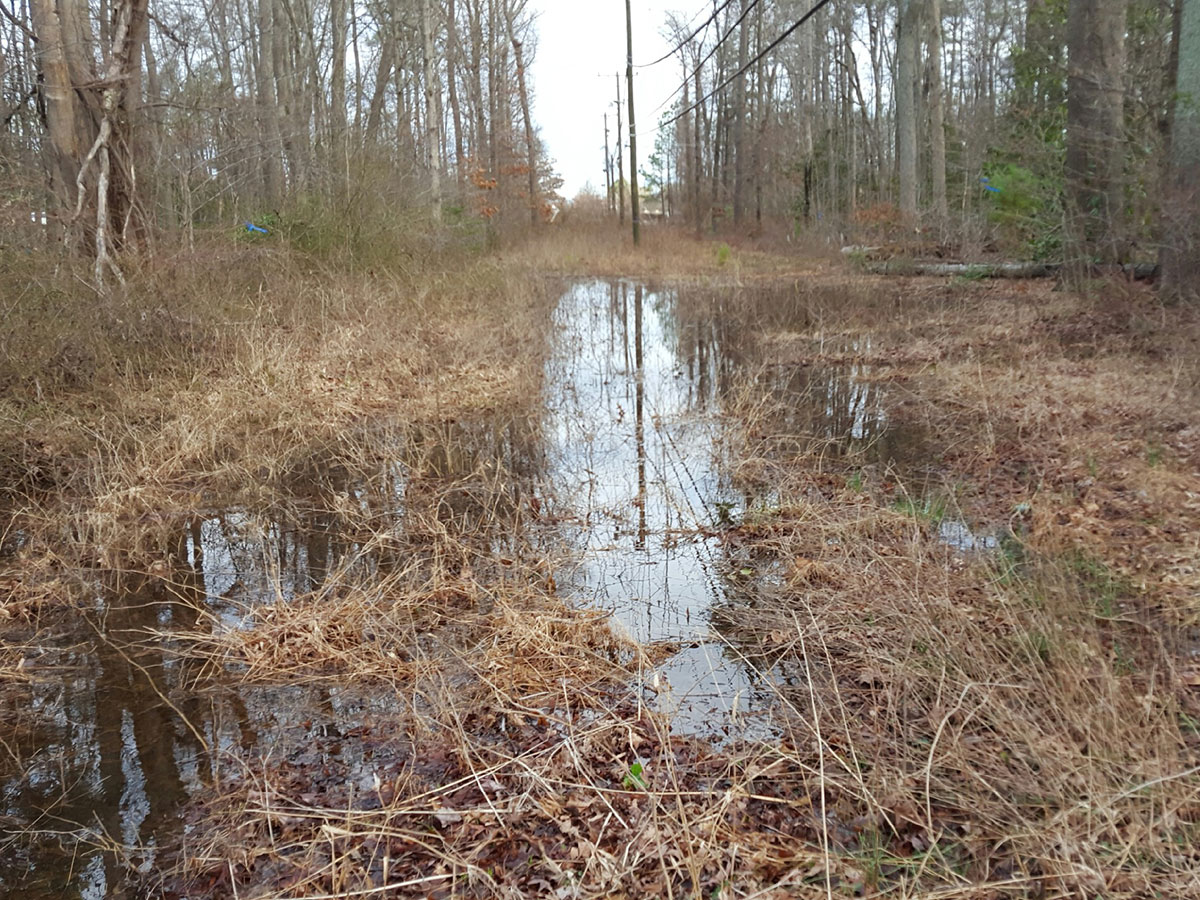
28 Jan 2018 6 Must Read Lessons for New Developers
Developing property seems simple. All you need to do is buy a piece of land for your business, construct a building, throw down enough asphalt for the parking you need and post your grand opening signs. Right? If only!
I am often reminded how complicated the development process can be for individuals who have not spent most of their lives in this line of work. It is common to hear from individuals who decided to purchase land for their new office, medical practice, veterinary clinic, restaurant, retail space (fill in the blank) and found themselves lost trying to navigate a path to completion. Prior to our involvement, we typically find that the first course of action was either contacting a contractor or the local municipality. That initial contact usually results in the proud new property owner realizing a host of items that could result in either excessive construction costs, lengthy permitting, or even the inability to develop the property at all. In just the past few months, we have received calls from several private, small business owners who had already purchased property or were under contract to purchase property with a very short amount of time until closing. In some cases, by the time of our involvement the property owners had already paid non-refundable deposits. In other cases, the property was already purchased. Having a civil engineer assess the property and provide important due diligence can determine if there are any issues on the property that may prevent development.
Although most of our business involves working with well-seasoned developers, a growing number of our clients are struggling through their first development project. The challenges faced recently by first time developers are many and varied, but each offers lessons for those considering stepping into the world of development. Here are just a few examples:
1. A requirement to connect to off-site utilities.
Many municipalities will require a public utility connection for commercial projects when “feasible” to do so. What is the definition of feasible? On two recent projects, several hundred feet of off-site water and sewer seemed “feasible” to the locality. To construct these utilities, off-site easements from the respective property owners would be required. The ability to obtain easements from off-site land owners could result in negotiations over a long period of time, delaying the project without any guarantees. When easements are granted, they usually come with a sizable cost, in addition to the construction costs required to physically bring the water and/or sewer to the property.
2. Zoning Constraints.
Based on the intended use for the property and the underlying zoning district, there are numerous requirements that are established within the locality’s zoning ordinance. The zoning ordinance establishes the building setbacks, required buffers, landscaping and lighting requirements, whether curb and gutter and other site items are required, minimum parking requirements, overlay districts (areas within a County that have increased requirements), and a host of other standards and/or requirements that must be met for all developments of similar use and within a given zoning district. First time developers are often shocked when they realize the extent of required improvements. The way in which a zoning ordinance is organized varies by locality so, without previous experience, it would be difficult at best for someone to sufficiently navigate a given zoning ordinance. These documents have often become disjointed and difficult to follow over years of amendments, particularly if the locality has not restructured their zoning ordinance in recent years. One of the sites we recently evaluated had a sizable front building setback as well as a large buffer for the parking lot. The individual who was purchasing the property assumed the requirements would match adjacent older developments and that the intended building and insufficient amount of parking that was planned would easily fit on the property, not realizing that the setbacks and buffers within the current zoning ordinance were much more restrictive. Ultimately, we were able to find a way to get everything to fit; however, it took channeling my inner Tetris skills, a willingness of the client to alter the building footprint, the addition of costly retaining walls, and a few other tricks to ultimately find a solution.
3. Proffered conditions.
For a couple of the properties we recently reviewed, the intended use seemed to fit the allowed activities according to the zoning ordinances (“by-right”). Further review showed that the use of the property was limited by proffered conditions established as part of a previous rezoning case. In both cases, the intended use had specifically been restricted. As a result, an amendment to the proffered zoning conditions would be required. Amending a zoning case on a property is a lengthy process and opens the possibility for other conditions (restrictive proffers) to be placed on the property. Further, there is no guarantee that the zoning amendment would be approved. The process to amend proffered zoning conditions typically takes several months and requires action by both the Planning Commission and Board of Supervisors (or Town or City Council). In addition, it may also require community meetings to discuss the development intentions with adjacent land owners. Sometimes potentially soon-to-be neighbors prefer that you don’t proceed with your development.
4. Stormwater management requirements.
Most people recognize the need to adequately drain stormwater off their site to avoid flooding parking lot and building areas. The extent of stormwater management, however, is often not understood. Both the quality and quantity of stormwater must be considered and the parameters surrounding what can be done and extent to which it is required can get complicated. Much of our time as site civil engineers is devoted to stormwater management, so I’ll refrain from details; I could write a library of books on the subject. The important thing to know is that controlling stormwater “might” require land to construct a feature to manage your stormwater. Normally, quantity controls are done with the use of ponds or basins. There are structured units that can be installed below parking and driving areas. However, underground systems are typically much more expensive and may not be feasible on sites with limited topographical relief. As an added bonus, there are also requirements (state and/or local) to address stormwater quality. There are all sorts of ways to do this, with options that can either be done onsite or offsite. Regardless of the method, there will be a cost associated with the treatment of stormwater.

5. Adequate outfall.
Two sites that we recently reviewed happened to be at the top of the surrounding drainage shed. In general, building on high ground is a good thing. Unfortunately, these particular sites did not have naturally occurring channels to adequately convey stormwater runoff. For both sites, the locality required either ditching or piping concentrated stormsewer from the development through offsite properties. Doing so required the developer to obtain easements from adjacent landowners, creating the same challenges noted above for utilities.
6. Environmental constraints.
The existence of environmental features is not always obvious. I have worked on projects that seemed to be wetland areas that were determined not to be. I have also worked on projects where there appeared to be established fields, dry at the time, that were ultimately determined to be wetlands. Looks are sometimes deceiving. As with stormwater, the requirements associated with environmental conditions on a given site can be complicated. I’m working on a project now with a creek located just off the property. Although the feature itself is off the property, there is a 100-foot Resource Protection Area (RPA) buffer which extends well into the property. Construction is heavily restricted within an RPA buffer, which is limiting the available development area for that project. There are many challenges associated with the existence of environmental features. It is important to make sure you are aware of what environmental features exist on the property you are planning to develop well before the property is purchased and that you understand your options.
Although there are many additional real-world examples of issues that have the potential to negatively impact developments, the items listed above are important to know about before purchasing a property. Development involves a lot of risk, and resolving the items above in no way means that you are in the clear. Some of the issues faced in the development process can be overwhelming—even for the most seasoned developers. Koontz Bryant Johnson Williams has the expertise to help you identify any issues a property may have and to help you navigate the world of land development.
To learn more about land planning, click here to send us an email, or give us a call at 804-740-9200. We look forward to talking with you.

